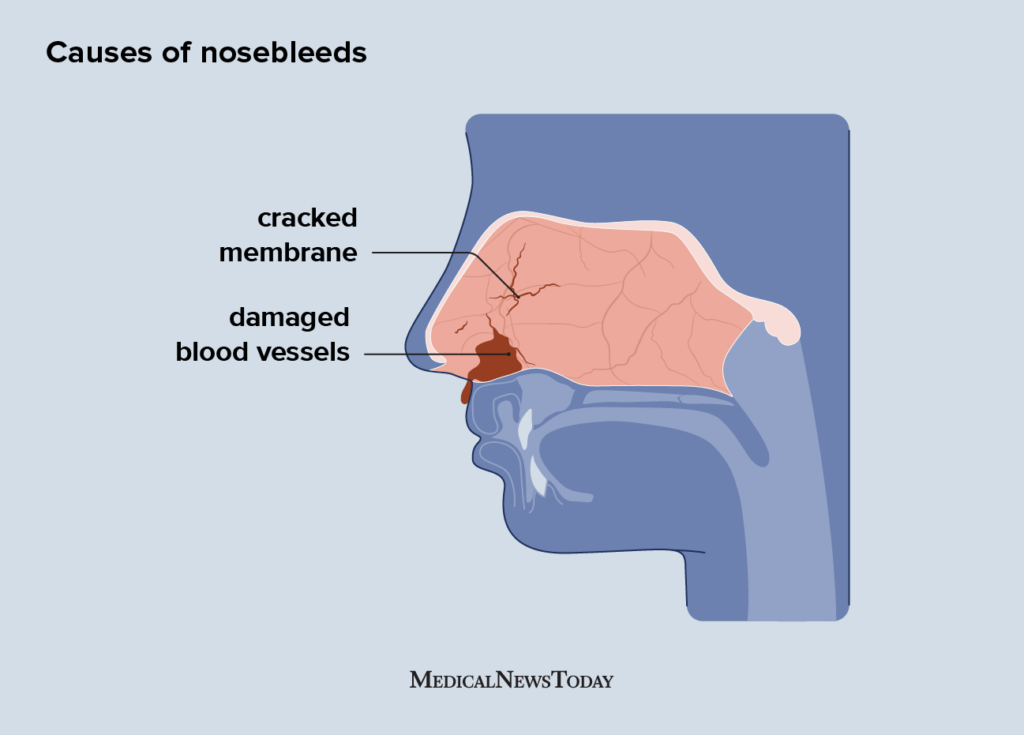"Crimson Clues: The Unexpected Connect Between Bloody Noses and COVID-19"
Explore the link between COVID-19 and nosebleeds, understanding the symptoms, causes, and treatments of this unusual coronavirus symptom.

As the novel coronavirus continues to spread and disrupt lives globally, understanding the symptoms has become a priority. The common symptoms of COVID-19, as outlined by health organizations like the World Health Organization (WHO) and the Centers for Disease Control and Prevention (CDC), are fever, dry cough, and shortness of breath. However, as we continue to learn more about COVID-19, some less common symptoms are emerging.
One symptom that has raised questions is the occurrence of a bloody nose. There is currently no scientific evidence that directly links bloody noses as a common symptom of COVID-19. A bloody nose, medically known as epistaxis, can occur due to several reasons including dry air, frequent nose blowing, nose picking, or an injury to the nose. None of these are associated with COVID-19.
However, this doesn't imply that a bloody nose can be completely ruled out in the context of COVID-19. In some cases, people who have tested positive for the virus have reported experiencing nosebleeds. But, it's crucial to understand that this symptom alone, without any other common COVID-19 symptoms, is unlikely to suggest a COVID-19 infection.
Some believe that the nosebleeds may be a result of the dry air caused by isolation and extensive indoor heating. The nasal cavity can dry out, leading to crusting, cracking, and eventually, nosebleeds. Additionally, the increased use of certain medications during this pandemic, such as anticoagulants (blood thinners) could also contribute to more frequent nosebleeds.
In the context of COVID-19, it's important to consider the entire clinical picture. A bloody nose may be more relevant if it is accompanied by other COVID-19 symptoms such as fever, cough, loss of smell or taste, or shortness of breath. Individuals who experience these symptoms should seek medical attention immediately. Conversely, a bloody nose without any other symptoms is not usually a cause for alarm, but if it persists, a healthcare provider should be contacted.
The key takeaway from the discussion about bloody noses and COVID-19 is that we are still learning about this new virus. While the primary symptoms are well-known and should prompt testing and isolation, the presence of other less common symptoms should also be considered. As always, individuals should continue to follow public health guidance, including wearing masks, social distancing, and frequent handwashing. It's always better to err on the side of caution and seek medical advice if you're not feeling well or experiencing unusual symptoms.



